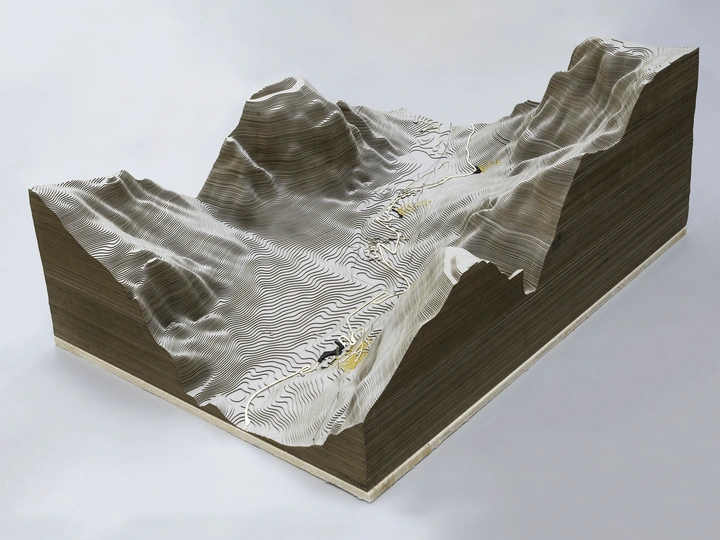The Necessary Architecture

Federico Meroni
Giorgio Costantino is a licensed professional architect, born in Catania, Sicily, in 1994. Graduated in Technological and Environmental Design at Politecnico di Milano. Past working experience in the international office of Degli Esposti Architetti and DASTU. Currently is collaborating with FMA Studio, involved in public, private and international competition. He receved several award, together with Federico Meroni, for "The Necessary Architecture" such as After the Damages Award 2022 (Università di Ferrara), Young Talent Architecture Award 2020 (EUmiesAwards), Architecture Award (Behance).
Federico Meroni is a designer and architect from Como, 1990 class. Graduated in Communication Design and Architecture at Politecnico di Milano, while living in Milan I experienced in publishing and exhibits industry (Fuorisalone, Gruppo Cimbali, Polimi Dastu, Parco Ag- ricolo Sud, Parco del Ticino, Baj, Panini, Marvel), Architecture (MGM, CZA, FMA, Studio Seltz) and engineering companies (Vega, SINA, JRC), before moving to Switzerland. Currently full-time licensed Architect at CalviCechiaViganò Associati, I develop residential projects in Ticino and Northern Italy areas.
Italy is a vulnerable country, constantly exposed to the risk of hydrogeological problems, where the obsolescence of infrastructures tends to increasingly become cause for concern, threatening built-up areas as well as environmental, historical and cultural heritage. Landslides and floods take the highest toll in terms of casualties and damages, ranging second after earthquakes.
Thanks to an increasing number of studies and the drawing up of detailed catalogues and inventories, it is now possible to realize the complexity and geographical extension of this emergency. The concentration of such phenomena is paramount in inner areas, especially those where mountains are present, thus exposing transport routes to constant danger.
Our testing area is an Alpine road (a section of state road SS36 connecting the small town of Chiavenna and the Spluga pass in the Sondrio province), where it is necessary to mitigate the risk of traffic disruption.
Making use of a case study, our thesis puts forward an implementation methodology in situations where hydrogeological risk and renovation requirements coexist as parallel emergencies. The aim is solving safety concerns and simultaneously trying to build architectures capable of regenerating local areas, going beyond the purely technical and infrastructural intervention, solely aimed at the immediate solution of the safety problem, while disregarding long term prospects and other needs of a given area.
Securing is an essential priority to guarantee accessibility, but it certainly is not the only need of inner areas: the occurrence of mitigating the threat of hydrogeological risk is exploited in order to define spaces, functions and artifacts helping people to live in those areas thanks to the tools and methodologies of architecture.